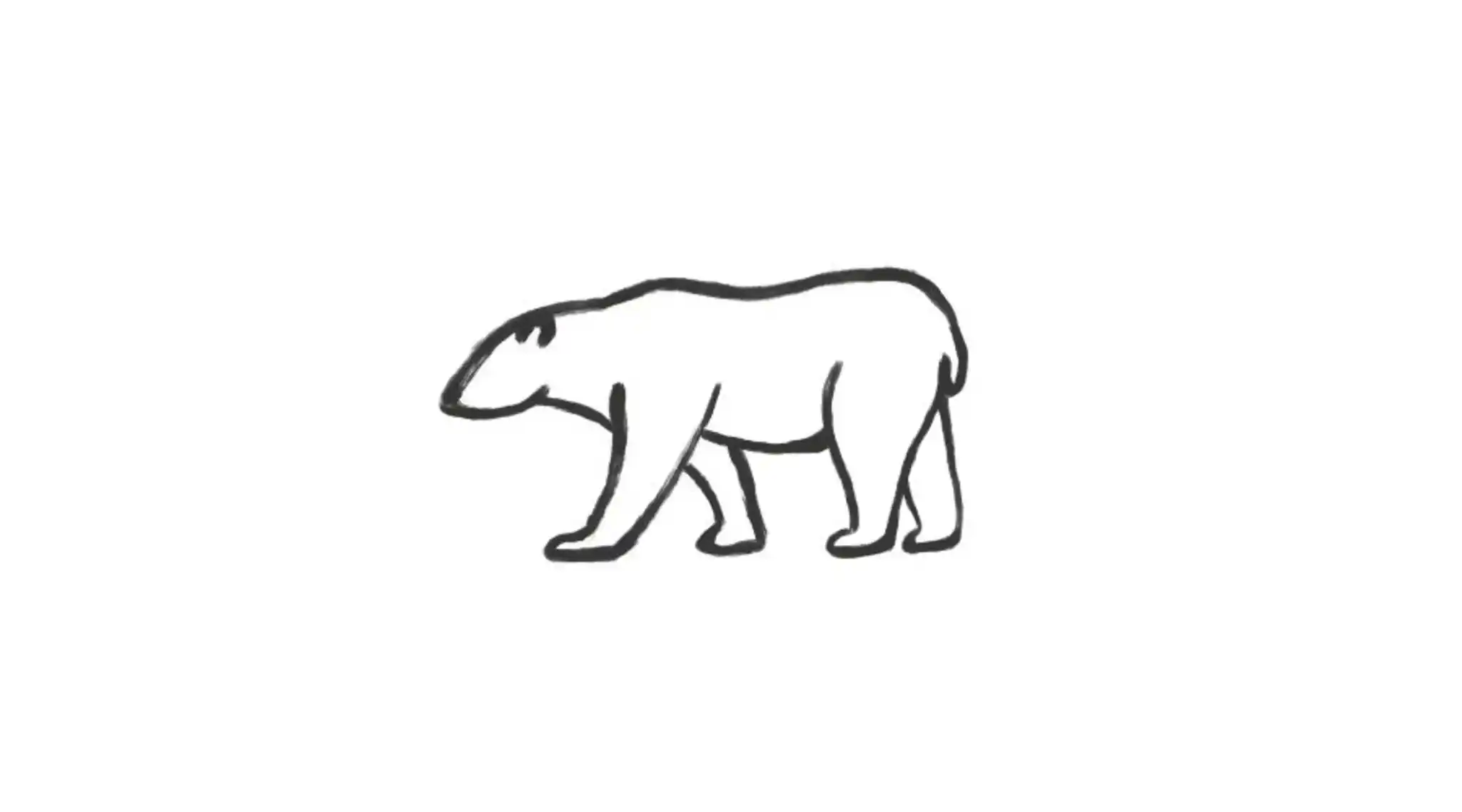
Birds, Bears & Belugas
A specialist-led safari in the Arctic North taking in the variety of wildlife that inhabits this remote wilderness; from the majestic King of the Arctic - the polar bear - to the unique-looking beluga whale and more.

On the edge of Hudson Bay, lies the small town of Churchill, the starting point for most adventures and one of the few human settlements where it is possible to see polar bears in the wild, with an estimated 1,000 bears living here. From Churchill, soar high above the Arctic tundra on your private charter flight to your remote lodge, affording you the perfect opportunity for aerial photography of the polar bear migration. Live amongst the bears and track them on foot, try dog sledding or kayaking if the conditions allow, not forgetting of course the infamous phenomenon of the Northern Lights. Expeditions to remote locales such as Baffin Island require expert guidance from the local Inuit, a great deal of weather-appropriate clothing, a willingness to set up camp in the frozen wilderness, and above all, an intrepid mindset.
Arctic wildlife is surprisingly varied and includes, Arctic foxes, polar bears, caribou, walruses, seals, whales, Arctic hares, lemmings, birds like snowy owls and puffins, Arctic wolves, musk oxen, and more.
These animals have evolved unique adaptations to survive in the cold environment, from polar bears hunting on sea ice to Arctic hares with specialised fur. The delicate balance of this ecosystem relies on the interactions between these species, each playing a vital role in the Arctic food web and contributing to its biodiversity.

Wildlife Specialists
Whether spotting polar bears on the tundra, belugas in the bays, or narwhals threading through the sea ice, our Arctic Canada safaris are built around extraordinary wildlife encounters. We work with expert naturalists and Inuit guides to ensure you are in the right place at the right time for rare and intimate moments in nature.

Wealth of Experience
We’ve been exploring the Canadian Arctic for years, forging close partnerships with local communities and specialist guides. From navigating the floe edge to spotting polar bears or beluga whales, our team draws on deep knowledge to craft seamless journeys in one of the most remote and awe-inspiring regions on Earth.

Tailor-Made Safaris
Every journey to Arctic Canada is carefully crafted around your interests. From seasonal wildlife migrations to cultural encounters and off-grid adventure, we work with trusted local partners to design bespoke safaris that offer privileged access to one of the world’s last true wildernesses.